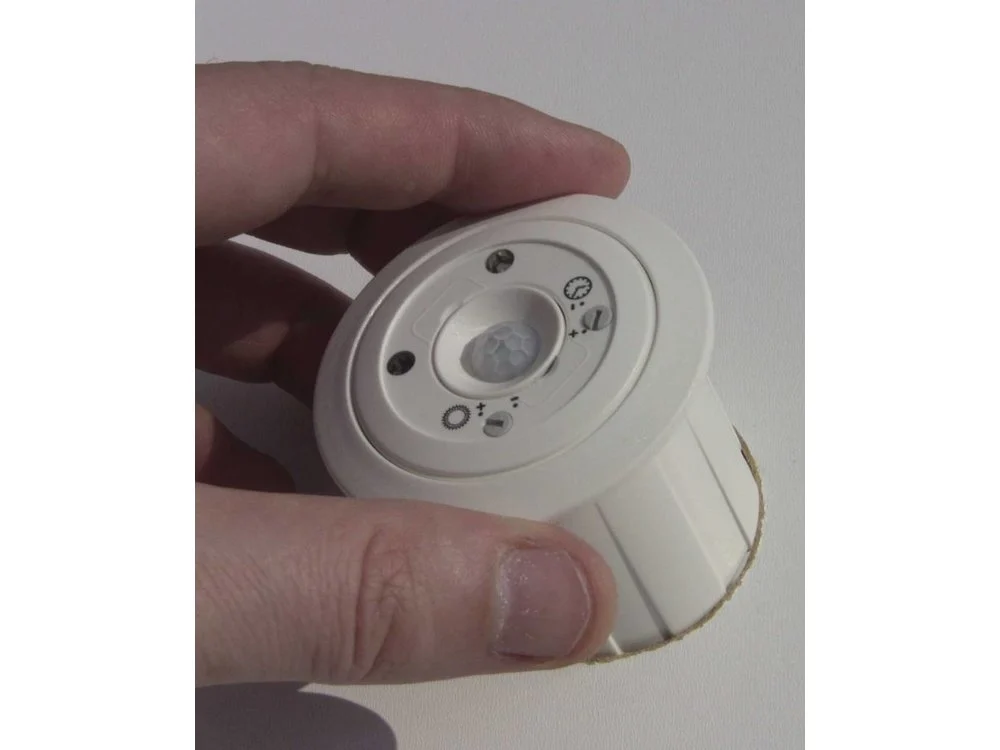The global occupancy sensor market is anticipated to grow at a phenomenal CAGR of around 12% during the forecast period from 2022 to 2032. The global market is expected to hold a valuation of around USD 2,115.6 Million in 2022 and is expected to secure a valuation of USD 6,558.9 Million in 2032. According to the analysis done by Future Market Insights in the historic period from 2016 to 2021, the global occupancy sensor market displayed a growth rate of 9.8%.

The growth of the market is attributed to the increased demand for occupancy sensors, which are primarily utilized for security purposes to prevent break-ins, burglaries, and thefts, the occupancy sensor market is growing. Furthermore, green buildings are becoming more and more common all over the world, which is anticipated to lead to market growth of occupancy sensors in the market.
An occupancy sensor is also known as a vacancy sensor. It is a device that is used to detect whether the room is occupied or not and allows the user to turn up or down the equipment accordingly. The occupancy sensor works in conjunction with ultrasonic rays, microwave technology, and infrared light rays to detect occupancy in a building and adjust the lighting appropriately based on the lack of occupancy.
This sensor detects occupation using infrared, ultrasonic, or microwave technologies. Occupancy sensors are most commonly utilized in specific areas where automation, energy conservation, and building code compliance are required the most. Various technological advances in the industry have led to the development of occupancy sensors in response to the growing demand for energy-saving devices.
This type of indoor detecting mechanism helps in altering the air temperature and ventilation within a particular area in response to the presence of individuals. Apart from stairwells, open and closed offices, corridors, and warehouses, they also find applications in residential, commercial, and industrial spaces. Additionally, occupancy sensors assist in automating motor load switching on fans, curtains, air conditioners, and a variety of other devices run by motors.
Key Takeaways
-
Sensors might falsely trigger when some movement in the space is observed. Due to their sensitivity to a wide range of motion, they also react to certain movements that are not related to occupants. False triggers are expected to occur because of sunlight shining on the sensor, persons passing close to it, or machinery heating objects that are positioned nearby. Similarly, sensors do not work well within the partitioned offices. Lighting systems and other components that are connected to them have a much shorter life expectancy if sensors are continuously on and off.
-
The surging popularity of energy-efficient sensors is one of the crucial factors that have a positive contribution to the global occupancy sensor market’s growth. With stringent government policies pertaining to energy savings and the persistent advancement of high-tech and cost-efficient occupancy sensors, the global occupancy sensor market is expected to expand over the forecast period.
-
The global occupancy market has recently surged with advanced occupancy sensors including intelligent occupancy sensors, image-processing occupancy sensors, and microphonics. Increasingly, lighting controllers are gaining immense traction which is positively affecting the growth of the occupancy sensor market. Furthermore, under the present technological landscape, dominant market players within the occupancy sensor market are expected to experience high growth opportunities in the coming years.
-
Furthermore, the rising development of smart cities has been witnessed to be a major factor that encourages growth in the economy. Being a part of intelligent parking solutions, these sensors are utilized to minutely monitor parking spaces and control congestion. Occupancy sensors must be implemented both indoors and outdoors to minimize energy consumption and light pollution created in the environment. As a result, all of these factors contribute to the market growth of occupancy sensors.
Read Full Report @
https://www.futuremarketinsights.com/reports/occupancy-sensor-market
Competitive Landscape
Dominant market players are developing a massive range of technologically advanced and innovative sensors in order to gain a long-term competitive advantage, such as image processing sensors, microphonic sensors, and intelligent occupancy sensors.
More Insights into the Occupancy Sensor Market
North America is anticipated to dominate the global occupancy sensor market by accounting for the largest market share. The North American region comprises higher growth prospects for occupancy sensors for commercial and residential buildings than any other region in the world. As of 2022, occupancy sensors are expected to account for 38% of the market in these regions.
About Future Market Insights (FMI)
Future Market Insights, Inc. (ESOMAR certified, recipient of the Stevie Award, and a member of the Greater New York Chamber of Commerce) offers profound insights into the driving factors that are boosting demand in the market. FMI stands as the leading global provider of market intelligence, advisory services, consulting, and events for the Packaging, Food and Beverage, Consumer Technology, Healthcare, Industrial, and Chemicals markets. With a vast team of over 400 analysts worldwide, FMI provides global, regional, and local expertise on diverse domains and industry trends across more than 110 countries. Join us as we commemorate 10 years of delivering trusted market insights. Reflecting on a decade of achievements, we continue to lead with integrity, innovation, and expertise.
Contact Us:
Future Market Insights Inc.
Christiana Corporate, 200 Continental Drive,
Suite 401, Newark, Delaware – 19713, USA
T: +1-347-918-3531
For Sales Enquiries: sales@futuremarketinsights.com
Website: https://www.futuremarketinsights.com
LinkedIn| Twitter| Blogs | YouTube
